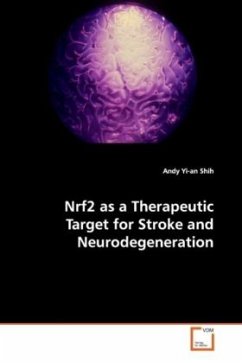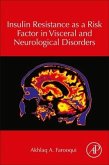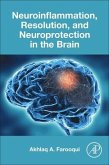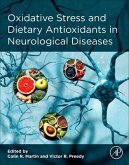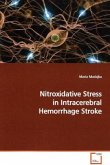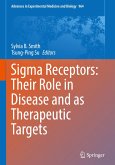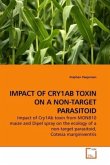Stroke is a leading cause of death and disability in
North America.
One major cause of nerve tissue damage during stroke
is the
accumulation of reactive oxygen species- molecules
that steal
electrons from healthy cells in a process known as
oxidation. This
thesis describes a novel approach to increase
antioxidant levels in
order to maintain oxidative balance and prevent
cellular damage
during stroke. The stress-responsive transcription
factor, Nrf2, is
able to launch the endogenous mechanisms of cellular
defense and
repair. Nrf2 represents a master switch that
coordinates tens to
hundreds of antioxidant and detoxification genes
working in
synergy. In rodent models of stroke and
neurodegeneration,
increased Nrf2 activity was found to promote neuronal
survival and
improve recovery of limb function weeks to months
following injury.
Interestingly, a number of molecules that activate
Nrf2 are found in
cruciferous vegetables, such as broccoli sprouts,
suggesting the
possibility of practical diet-based therapies.
North America.
One major cause of nerve tissue damage during stroke
is the
accumulation of reactive oxygen species- molecules
that steal
electrons from healthy cells in a process known as
oxidation. This
thesis describes a novel approach to increase
antioxidant levels in
order to maintain oxidative balance and prevent
cellular damage
during stroke. The stress-responsive transcription
factor, Nrf2, is
able to launch the endogenous mechanisms of cellular
defense and
repair. Nrf2 represents a master switch that
coordinates tens to
hundreds of antioxidant and detoxification genes
working in
synergy. In rodent models of stroke and
neurodegeneration,
increased Nrf2 activity was found to promote neuronal
survival and
improve recovery of limb function weeks to months
following injury.
Interestingly, a number of molecules that activate
Nrf2 are found in
cruciferous vegetables, such as broccoli sprouts,
suggesting the
possibility of practical diet-based therapies.

